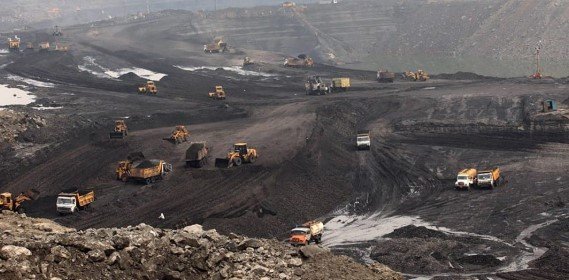New Delhi, India, 16/12/2024: Despite the global momentum toward carbon reduction and a transition to cleaner energy, India is projected to continue depending on coal as a key pillar of its electricity generation over the next eight to ten years. According to Moody’s Ratings, the country intends to add between 40 and 50 gigawatts (GW) of coal-based power capacity over the next five to six years to meet its growing electricity demands. This planned expansion highlights coal’s enduring significance in India’s energy strategy, even as international markets accelerate toward renewable and low-carbon energy solutions.
Moody’s analysis indicates that India’s electricity consumption is expected to grow at a rate of 5–6% annually during this period. To accommodate this rise in demand, the utilization rate of coal-based power plants is expected to remain high, at approximately 65–70%, despite the addition of new capacity. This underscores coal’s role as a reliable, stable, and base-load power source, essential not only for industrial growth and urbanization but also for supporting the broader economic development of the country.
Across the Asia-Pacific region, power markets are progressively transitioning toward lower carbon emissions. Nevertheless, conventional thermal generation including coal, oil, and gas continues to dominate energy supply in the region and is expected to remain a critical component of the energy mix for at least the next three years. These conventional energy sources provide grid stability, meet base-load requirements, and ensure energy security for rapidly developing economies, particularly as renewable capacity continues to scale up.
At the same time, India has made substantial progress in expanding its renewable energy portfolio. In fiscal year 2024, renewable energy accounted for roughly 43% of the country’s electricity mix, reflecting robust policy support, large-scale solar and wind deployment, and targeted government incentives. This dual-track strategy enables India to integrate a higher proportion of green energy sources while maintaining coal’s dependability to secure uninterrupted electricity supply, demonstrating a pragmatic approach to energy transition.
Government support remains critical in achieving India’s ambitious climate and energy targets for 2030 and 2070. Initiatives such as the Central Electricity Regulatory Commission’s (CERC) tariff regulations for 2024–29 provide guaranteed returns and cost pass-through mechanisms for distribution companies. These regulatory frameworks create a stable environment for investments in both coal and renewable projects, encouraging long-term growth, reducing financial risk, and fostering balanced development across the energy sector.
Moody’s analysis emphasizes India’s dual strategy: leveraging the reliability of coal generation while steadily scaling up renewable energy efforts. This integrated approach ensures that India can meet immediate power requirements, maintain grid stability, and simultaneously pursue decarbonization and sustainable energy development for the long term, positioning the country as a model for managing the complexities of energy transition in a rapidly growing economy.


